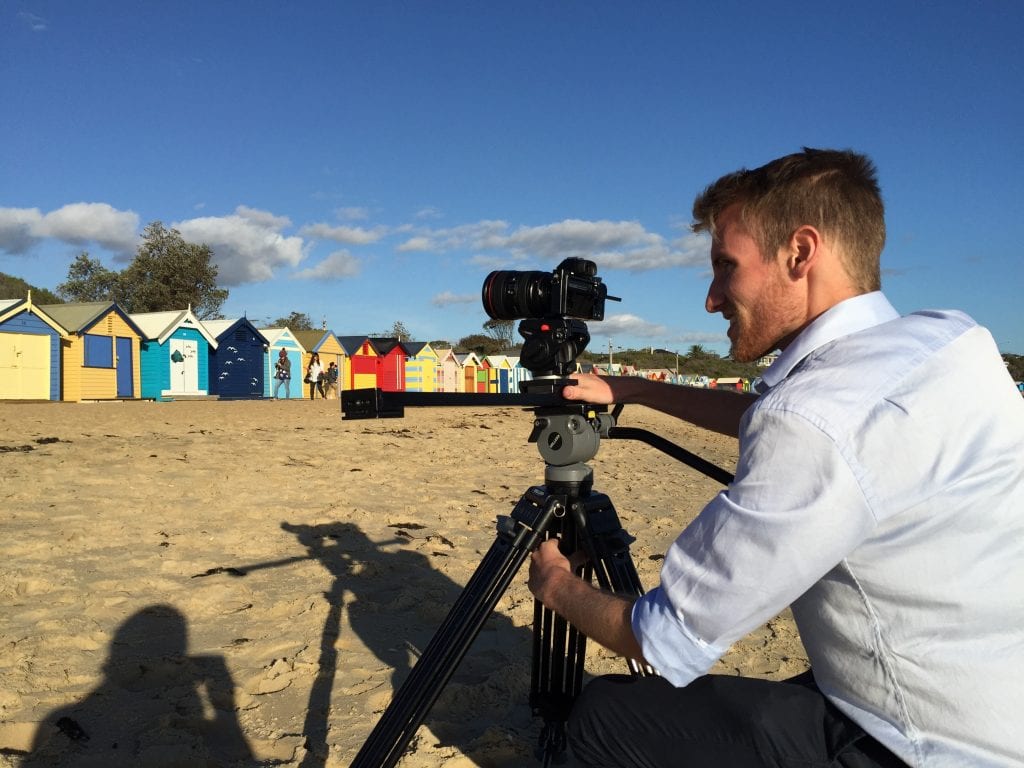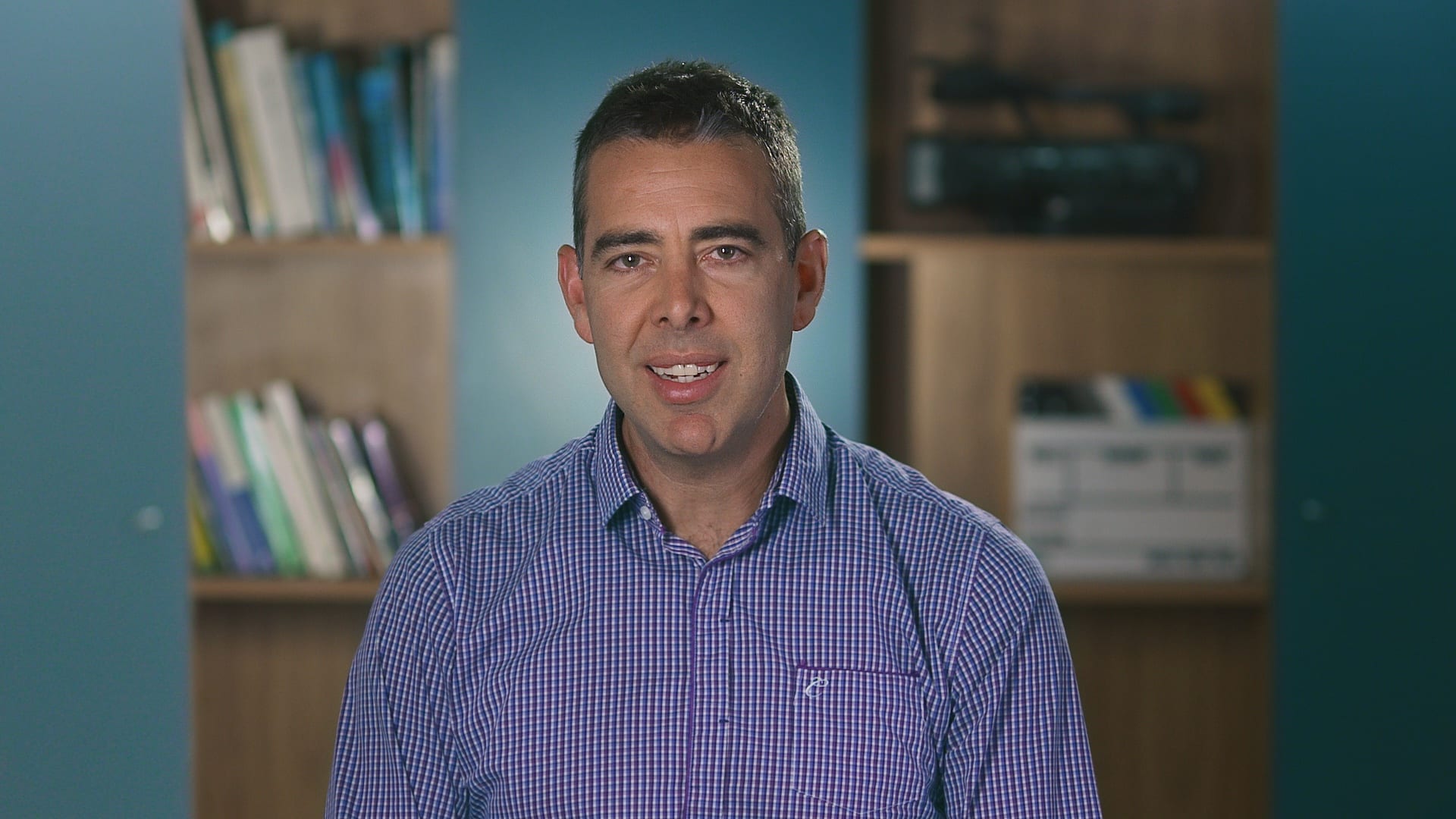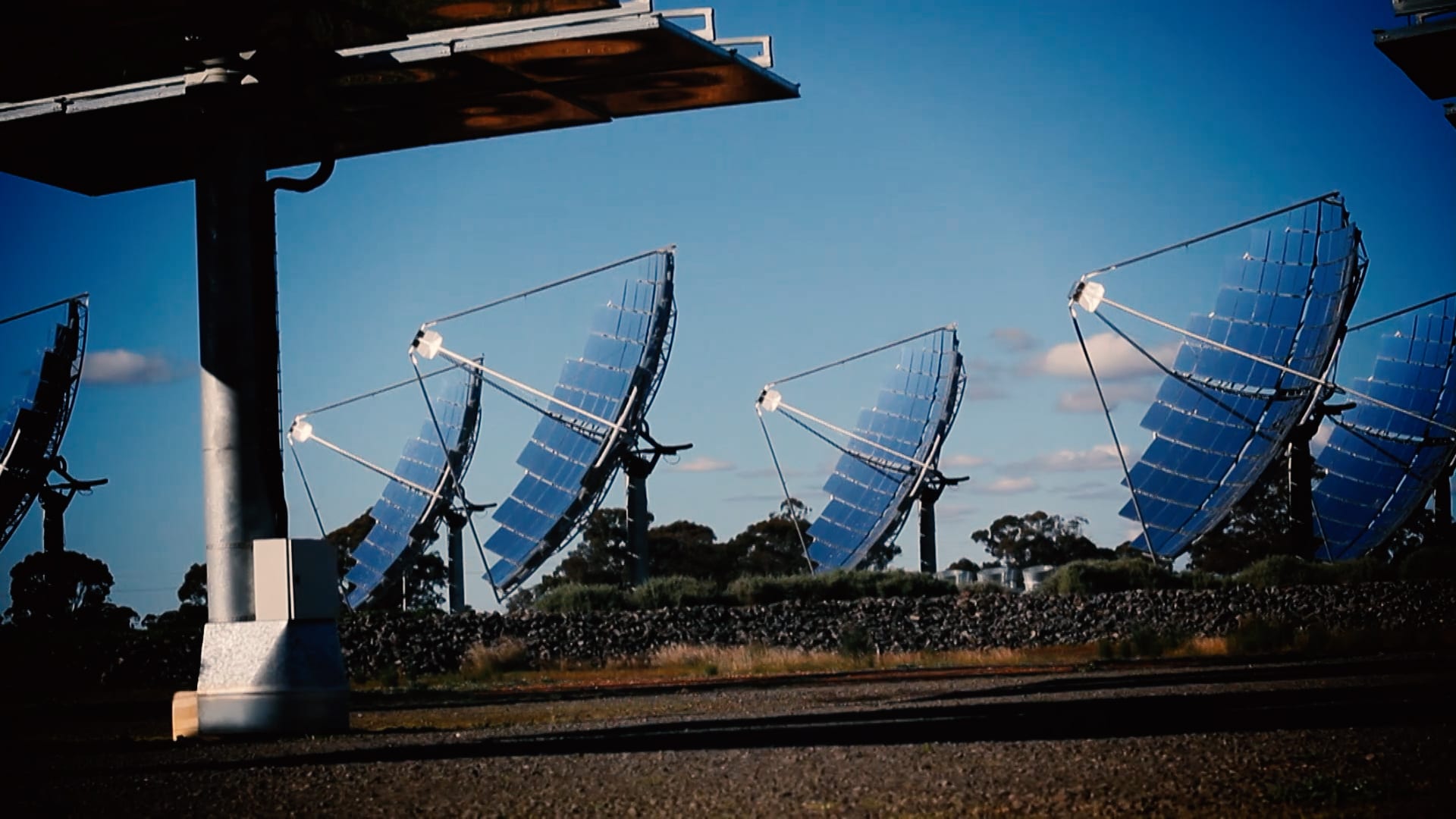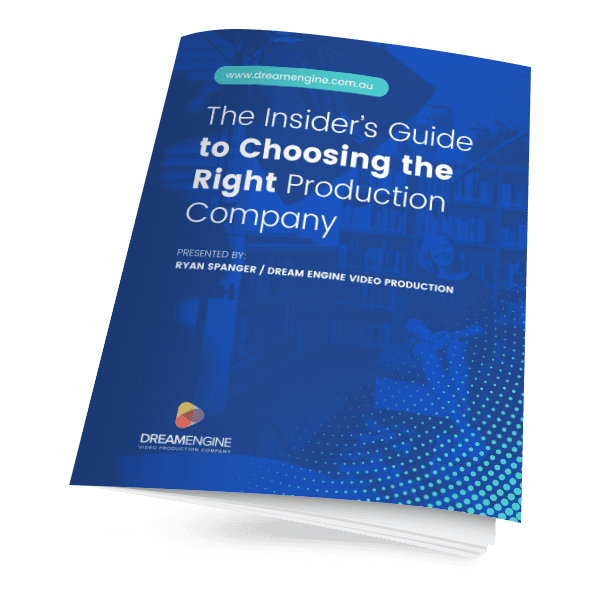The time-lapse is a brilliant way to show off progress in a video form. You can compress hours, days, or even months into seconds with a time-lapse, potentially showcasing building projects, construction videos, or complex, time-consuming processes. Here are some tips and tricks for using time-lapse in corporate videos.
Time-lapse vs. Speeded-up Video
There are several ways to shoot a time-lapse video. One way is to shoot video for the duration of your time-lapse, and then use a program like Adobe Premiere Pro to speed it up by hundreds or thousands of per cent. This method has its limitations, as you will be limited more by resolution, but it can be more convenient to set up if you are already using a video camera.
The more involved but potentially higher quality option is to use a Digital SLR camera. There are three main advantages to shooting with a DSLR:
- Higher resolution
- RAW data
- Motion blur
The higher resolution will come with the fact that most DSLRS these days take stills that are 20+ Megapixels, giving you the resolution to zoom in, slide across, and reframe your timelapse, adding another layer of movement.
As your sequence will be made up of these individual still frames, you can use the RAW capabilities of the SLR to have more room to edit your timelapse and fix any minor issues you might experience with colour or changing light conditions.
With a DSLR, you’ll also have more options for the style of your timelapse. By opening the shutter for a slightly longer time, you can add motion blur to your subjects. This will work exceptionally well with moving human subjects as it will leave a trail behind them, giving a more stylised look.

Time-lapse equipment
You’ll need three things to create a timelapse:
- Camera
- Tripod
- Intervalometer
The first two are pretty self-explanatory, but if you have never used an intervalometer before, it can be a new experience. An intervalometer is a relatively inexpensive device that releases the shutter of your camera at regular intervals that you choose. This saves you the labour-intensive process of pressing the shutter button manually hundreds of times in a row, so it is well worth the investment.
Post Production
Editing your timelapse can be tricky and is a matter of finding the right speed to compress your images. This can be a matter of trial and error to find out what looks best for your project. You may need to speed up your sequence by 10,000 % depending on the timeframe of your shoot.
Using our Sony A7siii, the process was quite simple. You can import all your JPGS as a sequence, and your timelapse will be recognisable when you play through. You can then alter the speed settings and make any colour corrections to the whole clip, as opposed to doing it with the individual frames.
If you are looking to capture a time-lapse for your next project, get in touch with Dream Engine today.

Ryan Spanger is one of Melbourne’s most respected and sought-after video production professionals. Ryan founded Dream Engine in 2002, and specialises in helping medium to large corporates, government departments, and the non-profit sector to connect with their audience more effectively by using video.

